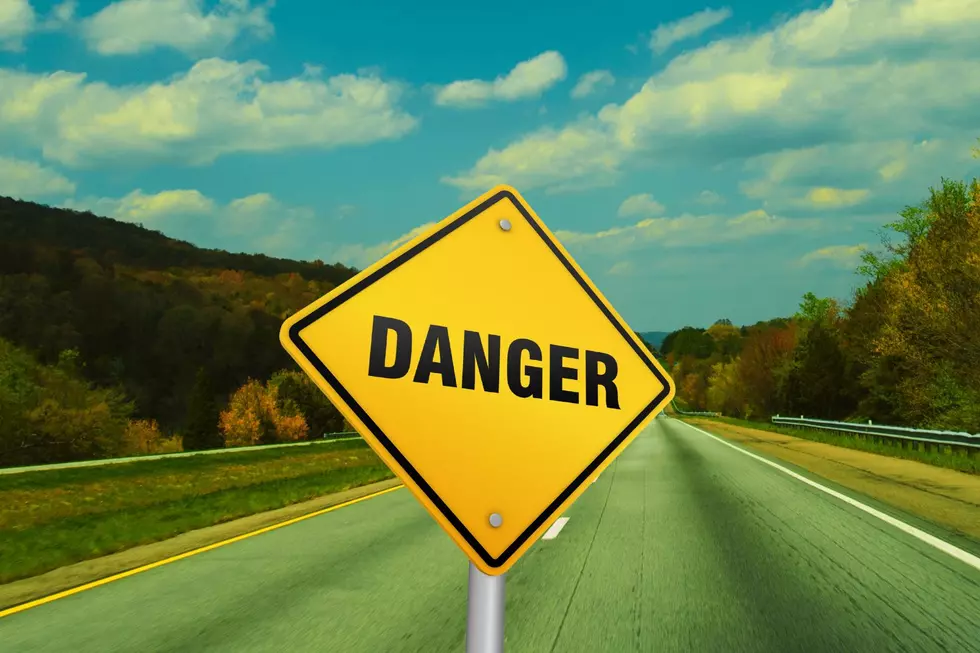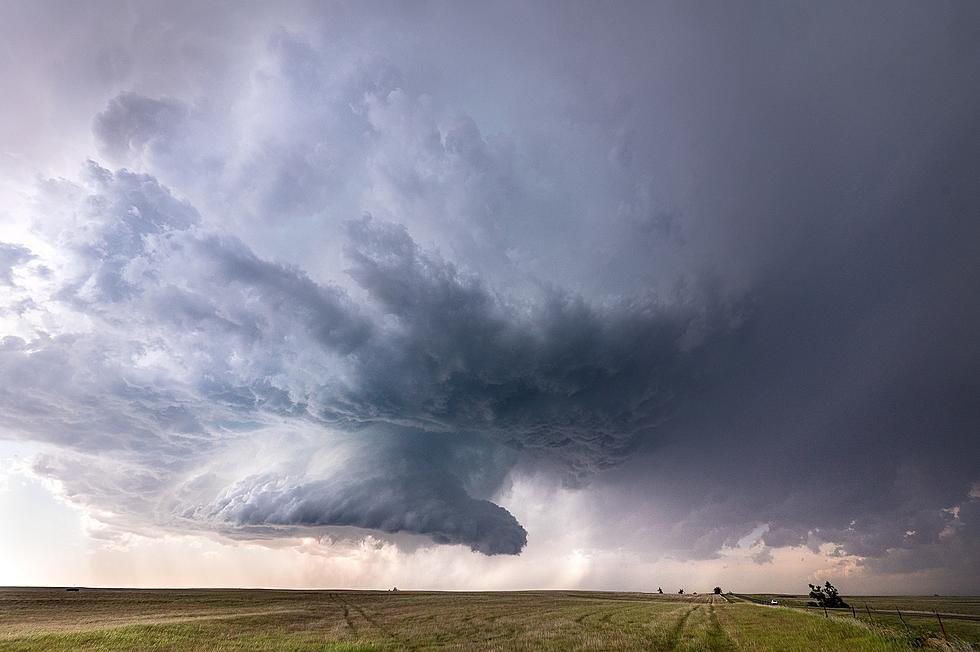
Tornadoes and Rare Winter Hail Highlight Active KY Morning — See Pics and Video
Heading into the wee hours of Wednesday night, we all knew that a good-sized portion of Kentucky was under some kind of threat for severe weather--it was either a Marginal Level 1 risk or a Slight Level 2 risk.
SEVERE WEATHER EARLY THURSDAY MORNING
Closer to the Ohio River was where the Marginal risk existed. Further south and into central Kentucky, the risk was greater. And if the storms early Thursday morning tell us anything, it's that "Slight risk" --while obviously more desirable than three higher risk levels denoted by the National Weather Service--does NOT mean we won't get the kind of nasty severe weather we EXPECT to get under those higher risk levels.
TORNADO TOUCHDOWNS CONFIRMED BY THE NATIONAL WEATHER SERVICE
The National Weather Service's Louisville office confirmed the touchdown of an EF-1 tornado in Boyle County.
And a tornado in Harrodsburg in Mercer County destroyed this home. Thankfully no one was injured.
One storm chaser captured a burning telephone pole in addition to some intimidating clouds over Harrodsburg Thursday morning.
The National Weather Service also confirmed a touchdown in Henry County in northern Kentucky.
The number of wintertime storms that feature tornadic activity must be mind-boggling to those who don't live around there. There was the December 10, 2021 tornado outbreak and year later we have this storm system, although it wasn't nearly as bad. And, we can't leave out the tornado that ripped through Owensboro on January 3rd, 2000.
SIGNIFICANT HAIL THREATS ARE VERY RARE IN THE WINTER
Honestly, it no longer surprises me when we have severe weather than includes a tornado threat. What DOES surprise me is the amount of HAIL that came with this storm. In fact, Eyewitness News Chief Meteorologist Wayne Hart told me the severe weather warnings were issued in the tri-state area mainly because of a hail threat.
Listen, I know that hail is ice, but it's a summertime weather phenomenon. I'm not sure I've ever seen hail this time of year, and certainly not to the degree you see here:
JUST HOW RARE IS HAIL IN JANUARY?
I had to look this up to be sure I wasn't wrong about how rare it is to have a hailstorm in January. Unitedhailpros.com had the information I was seeking, and I was right:
Winds move from low-pressure areas to high-pressure ones. In summers or even springtime, the surface of the earth warms up, and air moves up. The clouds up there can be cool enough to support the formation of ice crystals. As ice crystals form up in the clouds, they tend to fall due to gravity. If the upthrust of the low-pressure winds is high enough, these hail crystals are pushed upwards again. The crystals gain more weight and fall when the upward winds can no longer displace them. In winters, there is no low-pressure formation at the surface of the earth; thus, there is no hail in winters, and we get either snow, sleet, or graupel.
There you go, right there in that last sentence..."no hail in winters." Well...except for early this morning. And, by the way, "graupel", according to noaa.gov, are "soft, small pellets formed when supercooled water droplets freeze onto a snow crystal."
LARGE HAIL IN WESTERN KENTUCKY
This, however, is NOT graupel:
Maybe it all DOES go back to that old saying we've had around here forever..."If you don't like the weather, wait five minutes." I think that sums up the weirdness of being able to expect just about anything at anytime of the year.
This, however, I'm pretty sure I know. NO ONE liked the weather this morning, and it certainly took more than five minutes to exit our lives.
LOOK: The most expensive weather and climate disasters in recent decades
LOOK: The most extreme temperatures in the history of every state
KEEP READING: Get answers to 51 of the most frequently asked weather questions...
More From WBKR-FM




![Drone Footage of Stanley Tornado Damage [VIDEO]](http://townsquare.media/site/76/files/2018/09/MeanMotionMedia-Stanley-via-YouTube.png?w=980&q=75)
![Scientist Uses a Supercomputer to Re-Create an EF-5 Tornado [VIDEO]](http://townsquare.media/site/76/files/2017/03/UWSSEC-via-YouTube.png?w=980&q=75)

![10 Tornado Facts That Will Blow Your Mind [Video]](http://townsquare.media/site/76/files/2014/04/hqdefault6.jpg?w=980&q=75)
![Footage of Christmas Day Water Spout on Lake Ponchartrain [Video]](http://townsquare.media/site/76/files/2012/12/hqdefault20.jpg?w=980&q=75)
